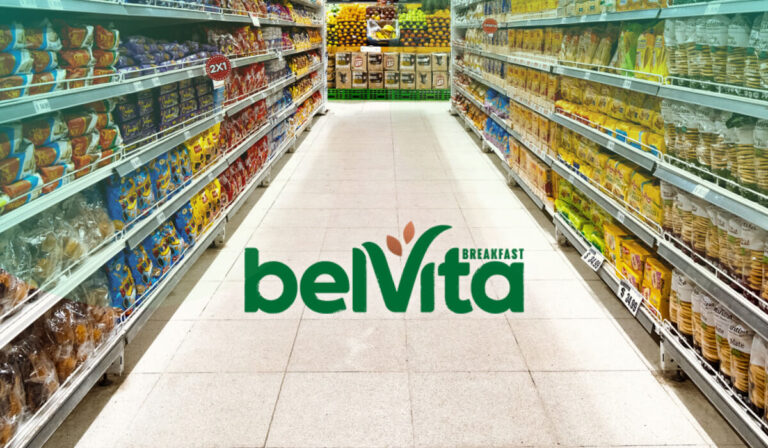The Link Between Landing Pages and Location Marketing
For the most part, location-based marketing plays out in the physical world. It’s an offline strategy that benefits businesses with physical locations, designed to increase awareness of nearby stores, drive visits, and boost sales.
But location data holds major advantages for online marketers, too. Even retailers that don’t have a physical location can leverage it by focusing on online attribution rather than store visits. For those with campaign goals like increasing calls or generating leads from online forms, a location-based marketing strategy can be crucial. You just need to make sure your campaign includes one thing.
A mobile landing page.
How and where consumers spend their time in the physical world is the most accurate measure of their interests and likes. For this reason, analyzing their offline behavior with the help of location data paints a more complete picture of who they are as consumers. This knowledge allows businesses to reach their most sought-after audiences when it matters most, whether they have a physical location, an online store, or both!
Landing on the Right Type of Page
Incorporating a landing page into your location-based ad campaign is critical. Not only does it create a more fluid consumer experience, but it also allows brands to deliver additional messaging that can’t fit into a standard mobile ad. There are, of course, numerous types of landing pages to choose from. They can promote:
- New store openings
- New product launches
- Discounts and sales
- Upcoming trade shows and events
Mobile landing pages can also be used to educate your prospective customers about your business’s value proposition, or to provide additional calls to action — for example, encouraging consumers to call your company, make a purchase, or save on products. But not every landing page is created equal.
The less copy, the better. To create an effective landing page, keep your copy concise and your language succinct. Getting straight to the point will eliminate confusion, allow consumers to digest your messaging quickly, and ultimately increase your conversions.
Ensure your copy is legible. From a design perspective, you want your copy to be large enough to read, even on a tiny mobile screen. Opt for clean and simple fonts.
Visuals are important, but don’t overlook speed. Both to stimulate your landing page visitors and improve stickiness, visuals are a must — but the bigger the file, the longer the load time. Make sure your page is still loading quickly, or you risk losing customers.
Videos are a no-go. With landing pages, it’s better to use images rather than video. As appealing and engaging as video can be, it also takes away from your overall message and puts too much strain on the user’s mobile connections and data.
Enhance your page with additional features. To maximize the value of your page, consider all of your options. If your ultimate goal is lead generation, optimize the forms you include on your page for mobile. If you’re hoping to get bookings or reservations, use click-to-call buttons that make it easy for consumers to make a reservation.
When executed properly, landing pages can have a positive impact on goals like driving sales and generating leads. Couple them with location targeting that allows you to reach the right audience based on offline patterns and behaviors, and you can supercharge your mobile campaigns — regardless of where your conversions take place.
Interested in learning more about creating an effective location marketing campaign? Set up a chat with one of our experts today.





